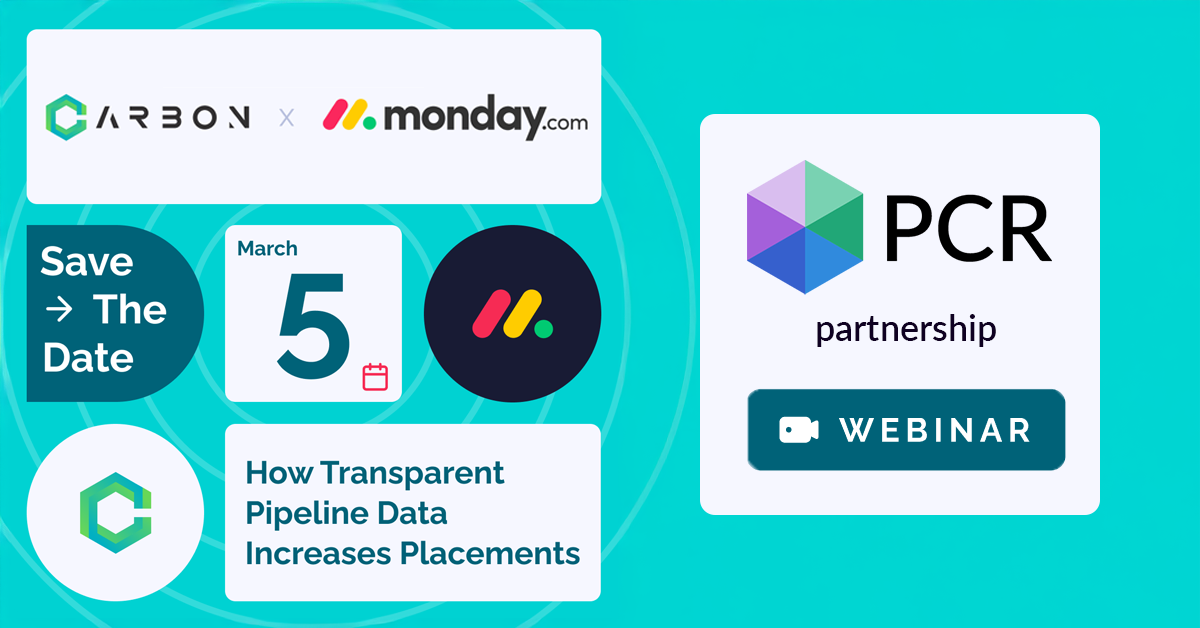Recruiters often need to send emails to many people when sharing job opportunities, collecting updated candidate information, or reaching out to potential clients. However, using Microsoft Exchange or Microsoft 365 to send a large volume of emails can present real challenges. Let’s talk about the limitations and best practices for safely and effectively sending recruiting mail with a Microsoft account.
The most important restriction to understand are Microsoft’s limits on the quantity of emails that you can send with Exchange and Microsoft 365. Here are the key limits recruiters should know about:
As of January 2025, only 2000 external recipients per 24-hour period can be emailed from an Exchange Online account.
techcommunity.microsoft.com/blog/exchange/exchange-online-to-introduce-external-recipient-rate-limit/4114733
The maximum number of individual email recipients you can send to in a 24-hour period. This limit is currently 10,000 recipients total, but only 2,000 of those recipients can be outside of your own domain. This is a new change taking effect as of in January 2025.
The maximum number of recipients allowed allowed in the To:, Cc:, and Bcc: fields for a single email message. This is customizable up to 1,000 recipients.
This determines how many messages a user can send within a given time frame. This limit is currently 30 messages per minute.
Exceeding these limits can lead to your account being temporarily blocked from sending emails. Microsoft may even prevent your company from setting up additional accounts, domains, or subdomains in an effort to skirt these limits.
If you are using PCR’s Sequencing with Microsoft 365, you may want to rate limit your emails to 10 per hour.

When sending emails, particularly in bulk, it’s crucial to ensure they don’t get flagged as spam. We’ve covered bulk email sending guidelines in depth before, but here are some best practices to follow:
Email warm-up is essential for new email accounts, new domains, new IPs, or those that have been inactive for a long time. It involves gradually increasing your email sending volume to establish a positive reputation with email providers, who may see a sudden burst of mail from a new source as suspicious.
It’s also worth noting that, if you are using Microsoft’s servers rather than a dedicated bulk mail system, any changes from the normal sending patterns for your domain or users could throw up “anomalous sending pattern” flags and lead Microsoft to scrutinize your domain.
Start slow.
Send a small number of emails each day, gradually increasing your volume over several weeks. High-volume mail services often include ‘warm up’ settings that gradually ramp your quantities for you. Warm up your account by sending actual content to actual recipients; services that artificially warm up your use of a new domain or IP by sending mail with recipients, contents or patterns different than you plan to use after you reach target volumes can have a negative effect.
Send to engaged recipients first.
Focus on sending emails to people who are likely to open and interact with your messages. This can include colleagues, friends, or family members. After those with a history of engaging with your content have been sent to, gradually ramp up with the less engaged.
Encourage engagement.
Ask recipients to reply to your emails, mark them as important, or add your email address to their contact list. Positive interactions help build your sender reputation.
A proper warm-up process can take 8-12 weeks to reach maximum deliverability potential, however, ongoing engagement and monitoring are crucial for maintaining a good sender reputation.
Microsoft Exchange and Microsoft 365 are fantastic for everyday email communication, but they are not designed for high-volume sending and are getting ever more more aggressive about preventing abuse. For recruiters who regularly send large volumes of emails, a dedicated bulk email service like Twilio SendGrid or Mailgun is a more appropriate solution. These services offer:
Sending emails from Microsoft Exchange and Microsoft 365 can be safe and effective if recruiters understand the limitations and follow best practices. However, for large-scale email campaigns, dedicated bulk email services offer a more robust and reliable solution. Choosing the right approach ensures that your emails reach their intended recipients and help you achieve your recruiting goals.

The job of recruiting in 2025 is, to put it mildly, complex. Of course, you’ve still got the classic struggles of juggling open roles (many, if you’re lucky!), engaging with a constant stream of jobseekers, and striving to build lasting relationships with your clients. However, the modern recruiter also has to balance the need for efficiency and competitiveness with the fundamental human connections that underpin successful placements.
Read more
On Wednesday, April 2 our partner Quil will be co-hosting a webinar with us about their PCR integrated note-taking AI for recruiting teams. Register now!
Read more
PCR joins partners at CarbonWeb on March 5th at 1 PM EST for an exclusive webinar about the power of transparent pipeline data and how it can transform your recruiting efforts and increase your placements.
Read moreFind out more about who we and what we do.